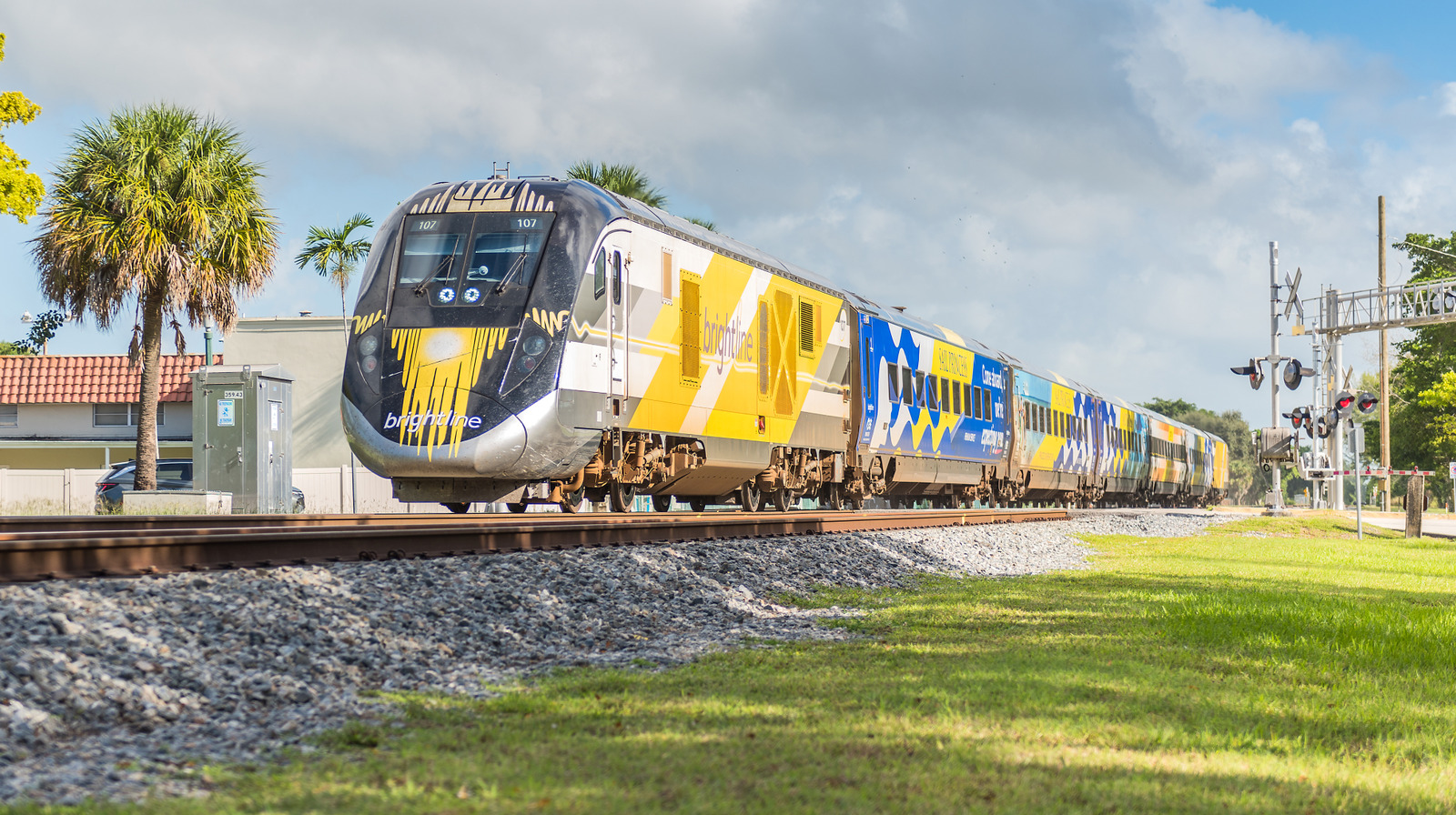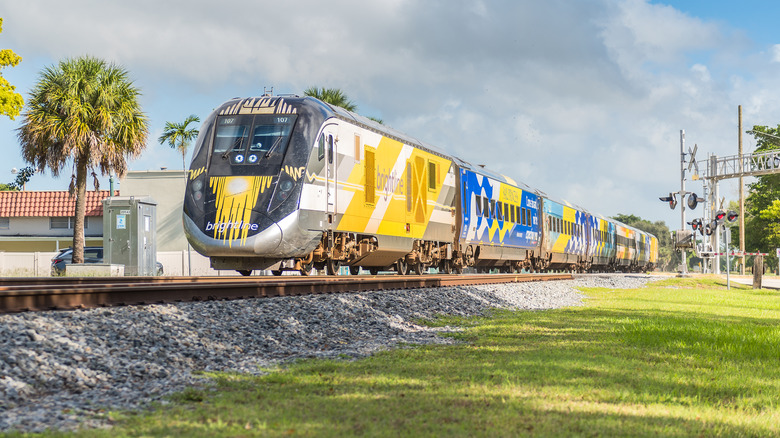Brightline has been touted as a success for proving that a privately operated passenger rail service can be commercially viable, but the railroad’s record is far from pristine. A year-long investigation by the Miami Herald and WLRN published on Tuesday found that Brightline trains have killed 182 people since testing began in 2017. That death toll is significantly higher than the previously known 162 fatalities. Despite all the evidence to the contrary, Brightline remains adamant that it’s not the reason why the Miami-to-Orlando railroad is the deadliest in the country by far.
While you might have seen a few high-profile incidents where an impatient driver goes around a dropped crossing gate to get t-boned by a Brightline train, collisions with cars make up a minority of the fatal incidents. Only 24 of the 182 people killed were in cars. The rest of the deaths were people on foot or riding bicycles. A majority of these deaths didn’t involve people ignoring flashing lights or a barrier gate because they didn’t happen at a railroad crossing.
A higher speed railroad can’t be safe with this many crossings
A narrative online around the constant string of fatal Brightline incidents has taken hold that blames the victims for their deaths and not the lackluster safety infrastructure. Whether it be on social media or previous stories on this very site, you’ll see commenters use phrases like “deserve to die” or “Darwin Award competition.” It’s a rationale that Brightline has played into. Michael Lefevre, the railroad’s vice president of operations, said in a statement to WLRN:
“These incidents are tragic and avoidable. More than half have been confirmed or suspected suicide – intentional acts of self-harm. All have been the result of illegal, deliberate and oftentimes reckless behavior by people putting themselves in harm’s way.”
This is factually inaccurate. Medical examiners ruled that only 75 deaths were suicides. Lefevre would go on to state that over $70 million in grants were awarded for safety improvements along Brightline’s corridor. However, significant portions of the train’s route remain unfenced. A site of Brightline’s first fatality in 2017 is still unfenced eight years later. The 18-year-old woman suffered from bipolar disorder and experienced a manic episode after leaving a treatment center near the tracks. However, Lefevre said people who walk across the tracks “are making a deliberate choice and putting themselves in a dangerous position.”
The executive is quick to point out the numerous safe crossing locations available, one every quarter mile. However, that’s precisely the problem. Many localities also demanded that Brightline set up “quiet zones” where the trains wouldn’t have to sound their horns as they approached the numerous crossings for the comfort of nearby residents. There are numerous points where people can easily reach the tracks without knowing a train is approaching. It’s like building crosswalks across an interstate highway.
It doesn’t have to be like this! Brightline’s trains are capable of reaching 125 miles per hour but are limited to 79 mph between Miami and West Palm Beach. If the trains ran any faster, Brightline would be legally required to grade-separate the route, like on its northern segment to Orlando, where no one has died. Grade separation is more expensive, especially in the densely populated Treasure Coast, but it’s exponentially safer.




